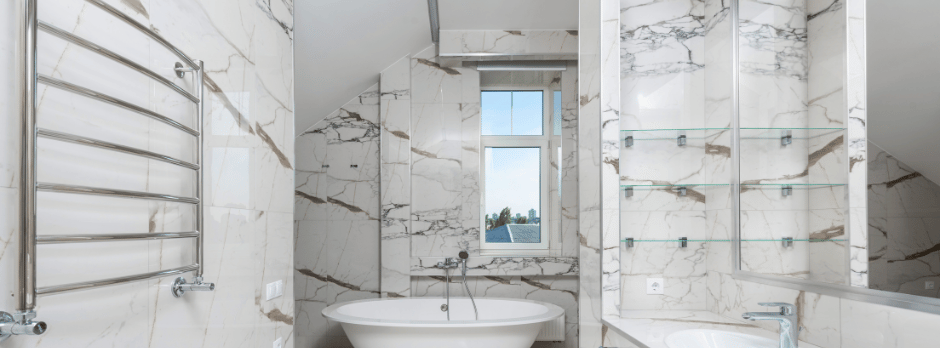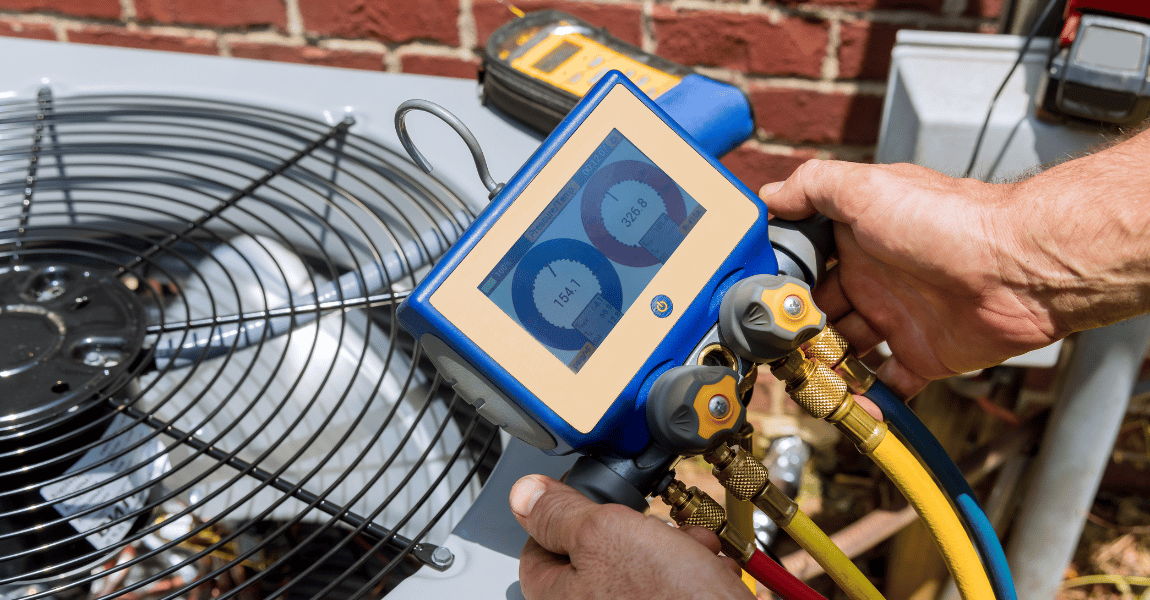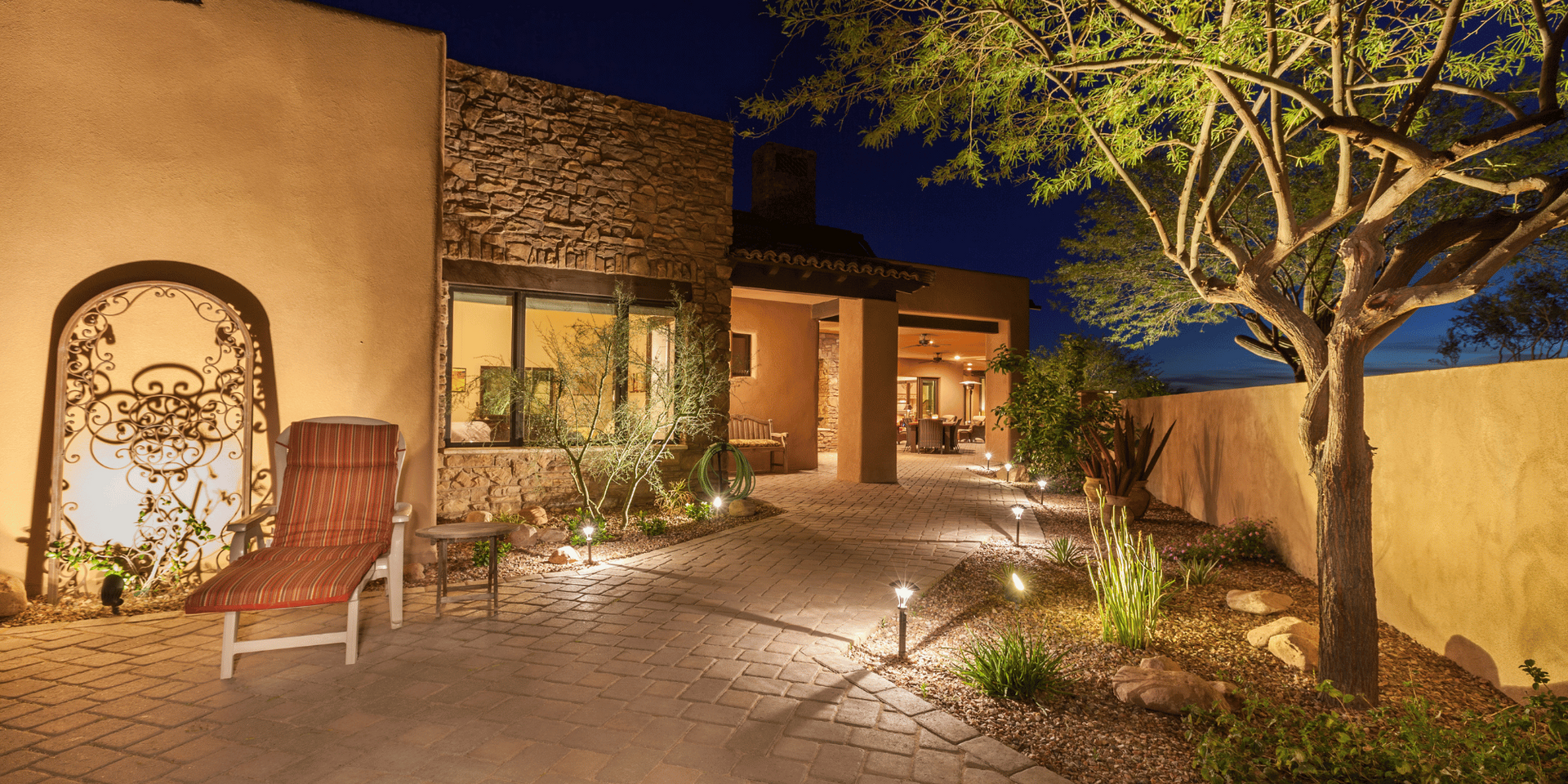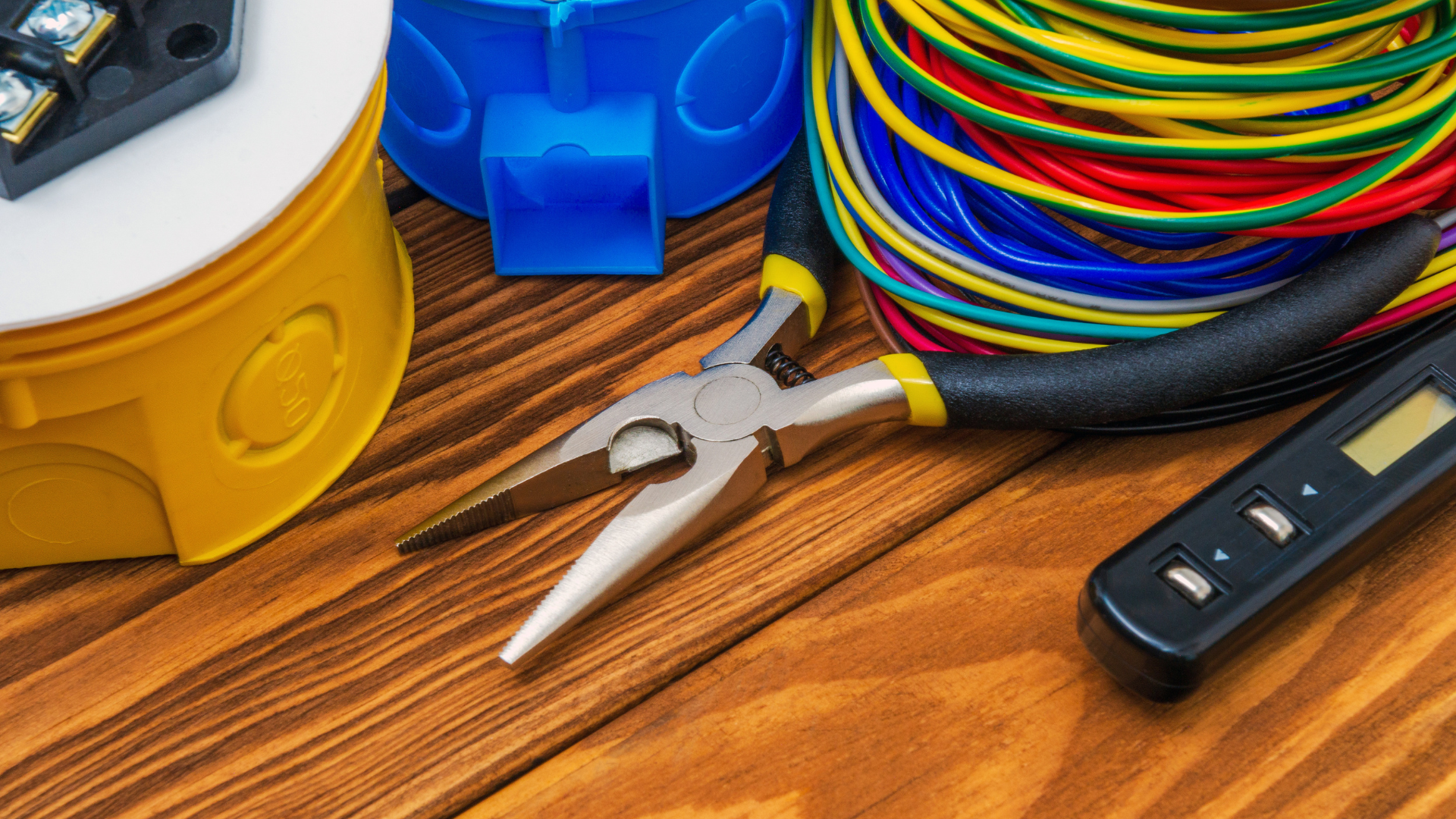The top 5 questions asked about split system air conditioning systems
Here are the top 5 questions asked about split system air conditioning systems!

Split system air conditioning units are a popular choice for homes and businesses, offering efficient heating and cooling in a variety of climates.
When considering a split system, many people have similar questions to ensure they choose the right unit for their needs.
Here’s an expanded look at one of the most common questions:
1. What Size System Do I Need for My Room?
Choosing the correct size for your split system is one of the most critical decisions in ensuring optimal performance and energy efficiency. The size of the air conditioning unit, measured in kilowatts (kW), must match the specific requirements of the room or area to be cooled or heated.
Why Size Matters
Undersized Systems: A unit that is too small for the room will work harder to maintain the desired temperature, leading to excessive wear and tear, increased energy consumption, and a shorter lifespan for the system.
Oversized Systems: An oversized unit can cool or heat a room too quickly, resulting in short cycling (frequent on/off cycles). This reduces energy efficiency and may create an uncomfortable environment due to uneven temperature distribution.
General Sizing Recommendations
Below are approximate guidelines for selecting the right size split system based on room size:
- Rooms 10-20m²: 2.5kW system – Ideal for small bedrooms or home offices.
- Rooms 20-30m²: 3.5kW system – Suitable for medium-sized bedrooms or small living areas.
- Rooms 30-45m²: 5-6kW system – Perfect for larger bedrooms, master suites, or mid-sized living spaces.
- Rooms 45-65m²: 7-8kW system – Best for open-plan living areas or large spaces.
Factors Affecting Sizing
While these general guidelines are helpful, several other factors can influence the required size:
- Room Insulation: Poorly insulated rooms lose heat quickly in winter and gain heat in summer, requiring a more powerful unit.
- Ceiling Height: Higher ceilings increase the volume of air that needs to be cooled or heated.
- Windows and Glazing: Large windows or single-glazed panes can contribute to heat gain or loss, affecting the system's performance.
- Orientation: Rooms facing west or exposed to direct sunlight may need a larger system to offset the heat.
- Climate: The local climate plays a role—hot, humid areas may require a system with higher cooling capacity.
How to Ensure the Perfect Fit
- Professional Assessment: Engaging a licensed HVAC technician to evaluate your space is the most accurate way to determine the appropriate size. They will consider all relevant factors, including the ones mentioned above, to recommend a suitable system.
- Use Online Calculators: Many manufacturers provide online calculators to estimate the ideal unit size for your room.
- Err on the Side of Efficiency: If you’re unsure between two sizes, it’s often better to choose the slightly larger system, provided it aligns with professional advice.
Tips for Maximising Efficiency
- Maintain Your Unit: Regular cleaning and servicing keep the system running efficiently.
- Seal Your Space: Ensure doors, windows, and vents are properly sealed to prevent air leaks.
- Set Optimal Temperatures: Use the system’s thermostat efficiently—around 24°C in summer and 20°C in winter is ideal for comfort and energy savings.
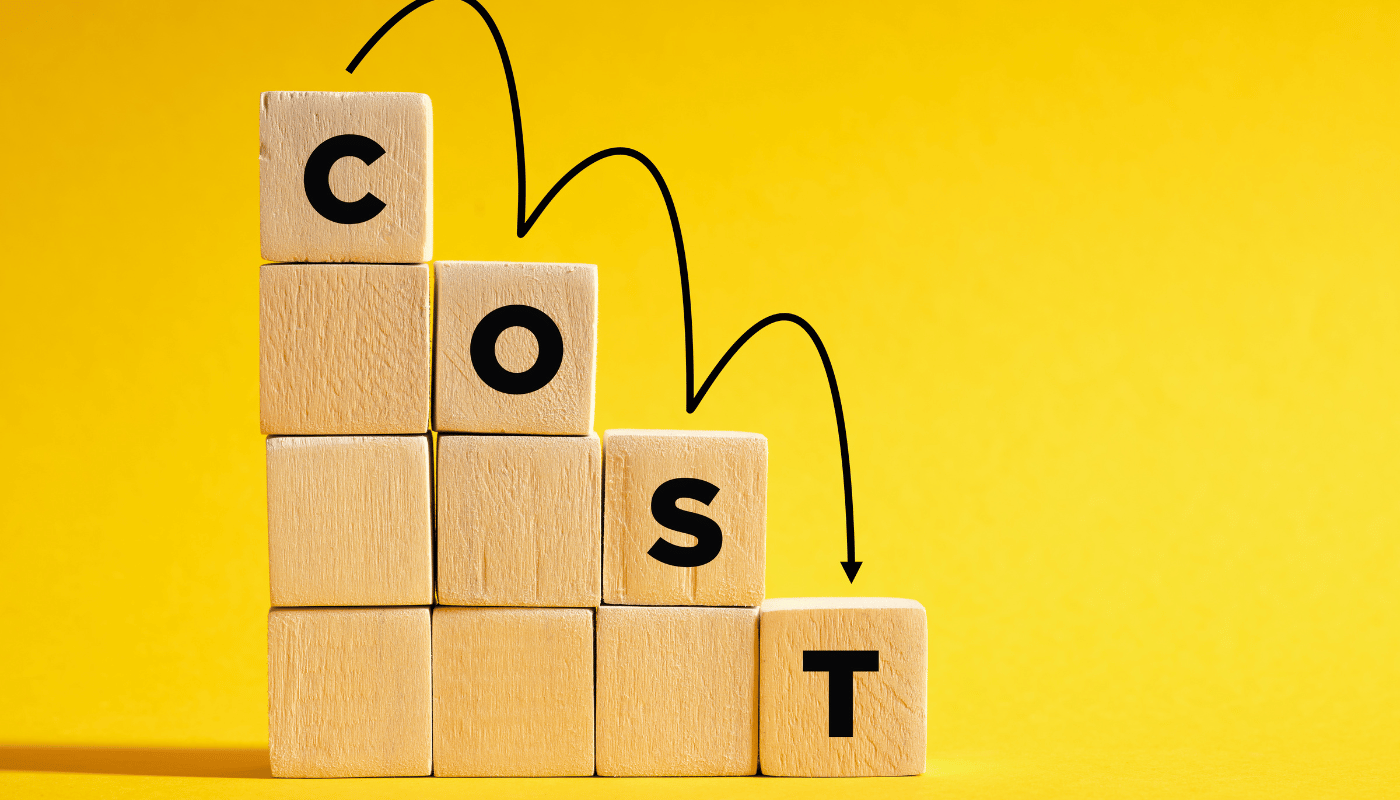
2.How Much Does It Cost to Install a Split System Air Conditioner?
The cost of installing a split system air conditioner can vary significantly depending on several factors, including the complexity of the installation, the brand and size of the unit, and any additional requirements for the site.
Here’s a breakdown to help you understand what goes into the pricing and how you can prepare for potential costs.
1. Average Installation Costs
For a standard installation, the average cost is approximately $1800.00 plus GST. This covers basic setup, including mounting the indoor and outdoor units, connecting the refrigerant lines, and ensuring the system operates effectively.
2. Factors Affecting Installation Costs
Several variables can influence the final price of installation:
a. Complexity of the Installation
- Single-Level Homes: Installation in a single-story home is typically straightforward and less expensive.
- Multi-Level Homes: Installing a system in a multi-story property may require additional labor, materials, and time, increasing costs.
- Wall Material: Brick or concrete walls may require specialised tools or additional effort to mount the indoor unit, which can add to the price.
b. Electrical Upgrades
If the existing electrical system cannot support the air conditioner, an upgrade may be necessary. This could include installing a dedicated circuit, upgrading the switchboard, or running new wiring.
Electrical work can add $200–$1500 or more, depending on the scope of the upgrade.
c. Pipe Runs
- Standard Pipe Length: Installations typically include up to 3–5 meters of piping between the indoor and outdoor units.
- Longer Pipe Runs: If the units need to be positioned further apart, additional piping will be required, with costs ranging from $20–$50 per meter.
- Concealment: Concealing pipes within walls or ceilings for aesthetic reasons may also increase labor costs.
d. Mounting Options for Outdoor Units
Ground-level installations are generally cheaper.
Wall-mounted brackets or roof-mounted platforms for the outdoor unit may cost an additional $150–$400.
e. Site Access and Location
Homes with difficult access, such as steep driveways or limited entry points, may require more time and specialised equipment, increasing labor charges.
3. Cost of the Air Conditioning Unit
The price of the split system unit itself is a major factor in the total cost. Units vary widely in price based on their size, features, and brand reputation:
- Small Systems (2.5kW): $600–$1000
- Medium Systems (3.5–5kW): $1200–$2500
- Large Systems (7–8kW): $3000–$5000
Premium brands with advanced features like Wi-Fi connectivity, smart thermostats, and superior energy efficiency often cost more.
4. Additional Costs to Consider
- Removal of Old Systems: If an old unit needs to be removed and disposed of, this may cost an extra $100–$300.
- Permits: In some areas, a permit may be required for installation, adding $50–$200 to the total cost.
- Ongoing Maintenance: While not part of the upfront installation cost, regular maintenance is essential for efficient operation and longevity. Expect to pay $150–$250 per service annually.
5. Tips for Managing Costs
- Request Multiple Quotes: Compare quotes from licensed installers to ensure competitive pricing and transparency about additional charges.
- Choose the Right Unit: Opt for a system that matches your room size and needs to avoid overspending on unnecessary capacity.
- Plan for Upgrades: If electrical upgrades are needed, try to bundle the work with the installation to minimise labour costs.
- Check Rebates and Incentives: Some governments or energy providers offer rebates for installing energy-efficient systems, which can offset costs.
6. Total Estimated Costs
Here’s a sample breakdown of potential costs for a typical installation:
Item Estimated Cost (AUD)
Split System Unit $600–$5000
Basic Installation $1800.00 + GST
Electrical Upgrade $200–$1500
Longer Pipe Runs $20–$50 per metre
Additional Mounting Fees $150–$400
Total Estimated Range $2500–$8500+
Installing a split system air conditioner is an investment in comfort and energy efficiency. By understanding the potential costs involved and planning accordingly, you can choose the right unit and installation approach to suit your budget and needs.
For the best results, always work with licensed and experienced installers who can guide you through the process and ensure a professional installation.
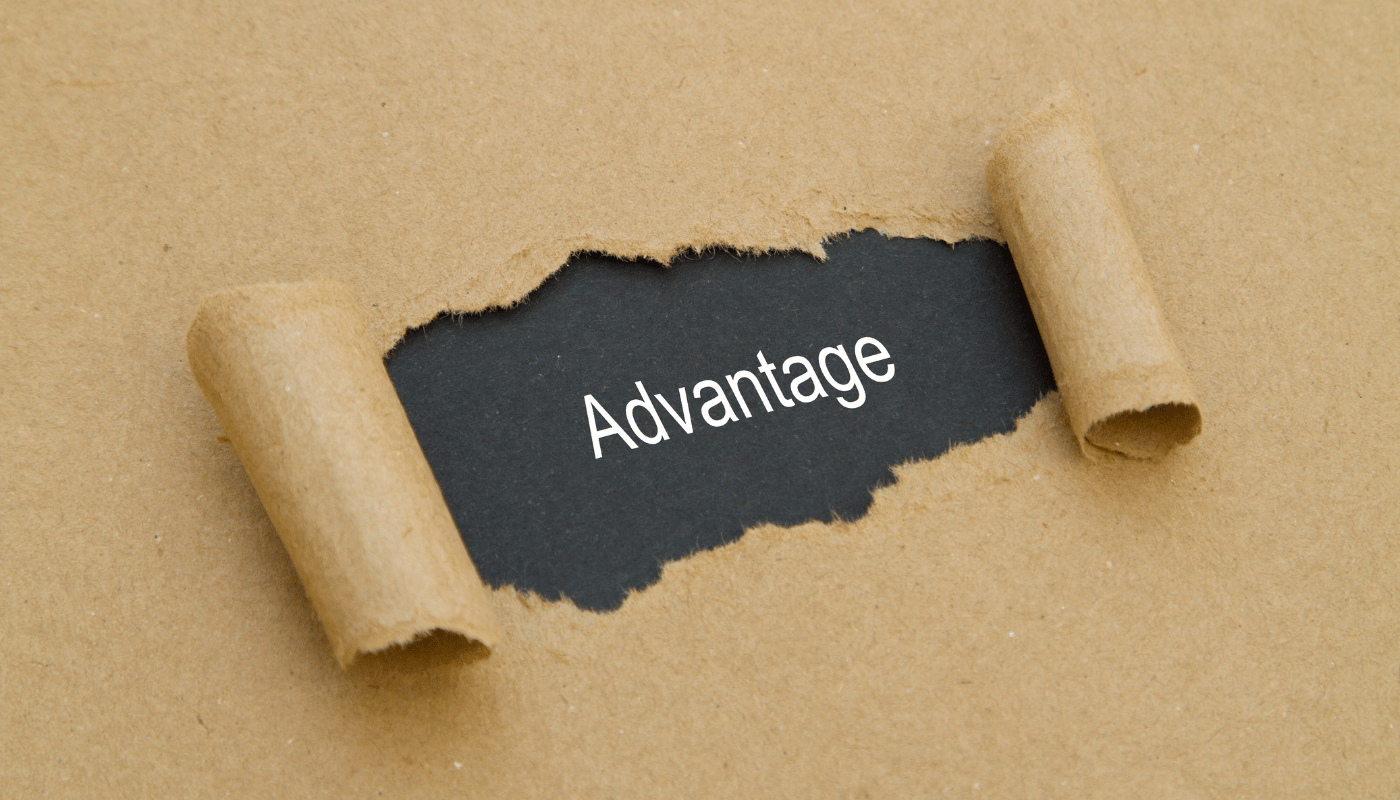
3.What Are the Advantages and Disadvantages of a Split System Air Conditioner?
Split system air conditioners are a popular choice for many homeowners and businesses due to their versatility and cost-effectiveness.
However, like any cooling and heating solution, they come with their own set of advantages and disadvantages.
Here’s a detailed look at the pros and cons to help you decide if a split system is the right option for your space.
Advantages of Split System Air Conditioners
1. Energy Efficiency
- Reverse Cycle Systems: Many split systems are reverse cycle, meaning they can heat and cool efficiently. This dual functionality reduces the need for separate heating appliances, saving energy and money.
- Inverter Technology: Modern units often feature inverter technology, which adjusts the compressor speed based on the room’s temperature needs. This avoids the energy spikes of older systems that operate in a stop-start manner.
- Zonal Control: By cooling or heating specific rooms rather than the entire house, split systems prevent energy wastage and reduce utility bills.
2. Lower Installation Costs
- Compared to Ducted Systems: Split systems are generally more affordable to install than ducted systems because they don’t require extensive ductwork or modifications to the property. Installation typically involves mounting an indoor unit and an outdoor compressor, which is relatively straightforward.
- Minimal Structural Changes: Since no ducts are involved, there’s no need to make significant changes to ceilings or walls.
3. Flexibility
- Room-by-Room Control: Split systems allow you to install units in specific rooms, providing customized temperature control for different areas.
- Expandable: You can start with one unit and add more as your needs grow, making them a scalable solution for cooling and heating.
4. Quiet Outdoor Units
The outdoor compressor is designed to minimize noise, which is especially important in residential areas where sound levels are a concern.
Disadvantages of Split System Air Conditioners
1. Indoor Noise Levels
Although many modern split systems are designed to operate quietly, the indoor unit may still produce noticeable sound, particularly on higher fan settings.
Noise levels can be more apparent in bedrooms or study areas where silence is preferred.
2. Limited Coverage
- Individual Room Use: Split systems are best suited for cooling or heating individual rooms or small areas. For larger spaces or multiple rooms, you’ll need to install additional units, which can become costly and cumbersome.
- No Whole-House Solution: Unlike ducted systems, split systems cannot provide centralized heating or cooling for an entire home.
3. Aesthetic Concerns
- Visible Indoor Units: The indoor unit is mounted on a wall and remains visible, which some people find intrusive or unattractive. While manufacturers design units to be as sleek as possible, they may not blend seamlessly with all interiors.
- Outdoor Unit Placement: The outdoor compressor can be bulky and may detract from the exterior aesthetics of your property, especially if not installed in a discreet location.
4. Maintenance Requirements
- Regular Cleaning: The indoor filters need regular cleaning to maintain air quality and performance, which can be an inconvenience for some users.
- Servicing Costs: Like any air conditioning system, split systems require periodic professional servicing to ensure optimal operation.
5. Upfront Costs for Multiple Units
While a single split system is affordable, equipping multiple rooms with individual units can add up, approaching or exceeding the cost of a ducted system in some cases.
Comparison of Split Systems to Other Options
Split Systems vs. Ducted Systems
- Cost: Split systems have lower upfront and installation costs but lack the centralized control of ducted systems.
- Suitability: Split systems are ideal for smaller homes, apartments, or areas requiring zonal control, while ducted systems are better for whole-house solutions.
Split Systems vs. Portable Air Conditioners
- Efficiency: Split systems are far more energy-efficient and effective than portable air conditioners.
- Noise: Portable units are typically noisier than split systems.
- Aesthetics: Split systems are more aesthetically pleasing than bulky portable units.
| Advantages | Disadvantages |
|---|---|
| Energy efficiency with inverter technology | Indoor noise may be noticeable |
| Lower installation costs compared to ducted | Limited coverage to individual rooms |
| Room-specific heating and cooling | Visible indoor units may not suit décor |
| Expandable as needs grow | Requires regular maintenance and cleaning |
| Quiet outdoor operation | Upfront costs for multiple units can add up |
KEY TAKEAWAYS
Split systems are an excellent choice for homeowners and businesses seeking a cost-effective, energy-efficient solution for cooling or heating specific areas. They’re particularly well-suited to properties where ducted systems are impractical or unnecessary.
However, for those needing whole-house coverage or looking for a completely invisible cooling system, alternatives like ducted air conditioning may be worth exploring.
Carefully weigh the advantages and disadvantages against your needs and budget to make the best decision for your space.
4.Do Split Systems Heat and Cool?
Yes, many split systems are equipped with reverse cycle technology, allowing them to provide both heating and cooling from a single unit. This dual functionality makes them an efficient and versatile solution for maintaining comfortable indoor temperatures year-round.
Here's how they work and why they are a popular choice for heating and cooling.

How Reverse Cycle Split Systems Work
A reverse cycle split system uses a refrigeration cycle that can run in two directions: one for cooling and one for heating.
The key lies in its ability to reverse the flow of refrigerant, enabling the unit to perform both functions efficiently.
Cooling Mode
- Heat Extraction: When in cooling mode, the system extracts heat from the indoor air. The indoor unit absorbs heat using the refrigerant in its coils.
- Heat Transfer: The refrigerant carries the heat to the outdoor unit, where it is released into the outside air.
- Cooled Air Circulation: The system circulates cooled air back into the room, reducing the indoor temperature to the desired level.
Heating Mode
- Heat Absorption: In heating mode, the system reverses the process. It draws heat from the outdoor air, even in cold conditions.
- Heat Transfer: The refrigerant carries this heat to the indoor unit.
- Warm Air Circulation: The indoor unit releases warm air into the room, raising the temperature to the set level.
This efficient transfer of heat allows reverse cycle systems to provide effective heating and cooling without consuming large amounts of energy.
Advantages of Reverse Cycle Split Systems
1. Year-Round Comfort
With the ability to both heat and cool, split systems eliminate the need for separate heating and cooling appliances. This is particularly convenient for homes in climates with both hot summers and cold winters.
2. Energy Efficiency
Reverse cycle systems are highly energy-efficient, especially compared to traditional electric heaters. They don’t generate heat directly but transfer it, making them up to three times more energy-efficient than conventional heating methods.
3. Cost-Effective
By combining heating and cooling in one unit, reverse cycle systems reduce the upfront cost and space requirements of installing separate systems.
Energy efficiency also translates to lower utility bills over time.
4. Environmental Benefits
Many modern split systems use environmentally friendly refrigerants and consume less energy, reducing their carbon footprint.
5. Fast and Effective Temperature Control
Reverse cycle units can quickly switch between heating and cooling, allowing for rapid adjustments to indoor temperatures as the weather changes.
Limitations of Reverse Cycle Split Systems
While reverse cycle split systems are versatile and efficient, there are a few limitations to consider:
1. Dependence on Outdoor Temperature
In extremely cold climates, where outdoor temperatures drop significantly below freezing, the efficiency of reverse cycle systems may decrease. Some units may struggle to extract enough heat from the outside air in such conditions.
Advanced models are designed to operate effectively even in low temperatures, so choosing the right unit for your climate is essential.
2. Limited Coverage
Split systems are designed for individual rooms or zones. For heating or cooling multiple rooms, you’ll need multiple units, which can increase costs.
3. Initial Investment
While cost-effective in the long run, the upfront cost of a high-quality reverse cycle split system may be higher than other heating or cooling options.
Ideal Use Cases for Reverse Cycle Split Systems
- Moderate Climates: Perfect for areas with hot summers and mild to cold winters, where extreme temperatures are uncommon.
- Zonal Control: Ideal for households or businesses that need heating or cooling in specific rooms or areas rather than the entire property.
- Energy-Conscious Consumers: Suitable for those looking to reduce energy usage and utility bills.
Modern Innovations in Split Systems
Today’s reverse cycle split systems come with features that enhance their performance and usability:
- Smart Controls: Many units can be controlled via Wi-Fi or smartphone apps, allowing for remote temperature adjustments.
- Inverter Technology: This improves energy efficiency by adjusting the compressor speed to match the heating or cooling demand.
- Air Purification: Built-in filters can improve indoor air quality by removing dust, allergens, and pollutants.
- Eco Modes: These modes optimise energy usage, further reducing operating costs.
5.How Much Does It Cost to Run a Split System Air Conditioner?
The cost of running a split system air conditioner varies depending on several factors, including the system’s energy efficiency, size, and usage patterns.
Compared to ducted systems, split systems are generally more cost-effective because they target specific areas, reducing energy waste.
Let’s explore the factors influencing running costs and how you can minimise expenses.
Factors Affecting Running Costs
1. Energy Efficiency Ratings
- Energy Star Ratings: The more stars a unit has, the more energy-efficient it is. High star ratings indicate that the unit uses less electricity to achieve the same cooling or heating results, lowering operational costs.
- Inverter Technology: Split systems with inverter technology adjust the compressor’s speed based on the temperature requirements, avoiding energy spikes and reducing overall consumption.
2. Size of the System
Larger units consume more power, as they are designed to condition bigger spaces. It’s crucial to match the unit size to the room size for optimal efficiency. Using a system that is too large or too small for the space can lead to unnecessary energy use.
Example: A 2.5kW system (suitable for small rooms) typically costs less to run than a 7kW system (designed for larger spaces).
3. Frequency of Use
The more you use your split system, the higher the running costs.
Systems used for long hours every day will consume more electricity than those used intermittently.
Seasonal variations also play a role.
Costs are usually higher during peak summer and winter months due to increased demand for cooling or heating.
4. Energy Tariffs
Electricity rates vary by location and provider.
Check your local electricity rates to calculate accurate running costs for your area.
5. Temperature Settings
Setting the system to extreme temperatures increases energy use. For example, cooling a room to 18°C in summer or heating it to 28°C in winter requires more energy than maintaining a comfortable range of 24°C in summer and 20°C in winter.
Every degree of difference can increase running costs by approximately 10%.
6. Maintenance
A well-maintained unit runs more efficiently, using less energy. Dirty filters, clogged vents, or low refrigerant levels force the system to work harder, increasing energy consumption.
Typical Running Costs
Running costs are generally calculated based on the system's power consumption, measured in kilowatts (kW), and the electricity tariff in your area.
Below is an example calculation for common split system sizes:
| System Size | Hourly Power Consumption (kW) | Average Hourly Running Cost (at $0.30/kWh) |
|---|---|---|
| 2.5kW | 0.5kW | $0.15 |
| 3.5kW | 0.7kW | $0.21 |
| 5kW | 1.2kW | $0.36 |
| 7kW | 2.0kW | $0.60 |
Monthly Estimates (Based on 6 Hours of Use Per Day):
2.5kW System: $27/month
3.5kW System: $37.80/month
5kW System: $64.80/month
7kW System: $108/month
Tips to Minimise Running Costs
Choose High Energy Star Ratings
- Opt for units with at least 4–5 stars for the best efficiency.
- Look for units with advanced features like eco-modes or smart thermostats.
Use Temperature Settings Wisely
- Maintain comfortable but efficient temperatures: 24°C in summer and 20°C in winter.
- Avoid setting extreme temperatures, as they increase power consumption.
Seal and Insulate Your Space
- Prevent air leaks by sealing windows, doors, and gaps.
- Use curtains or blinds to block out direct sunlight during summer and retain heat in winter.
Maintain the Unit Regularly
- Clean filters every 2–3 weeks to ensure optimal airflow.
- Schedule professional servicing annually to check refrigerant levels and overall performance.
Turn Off When Not in Use
- Use timers or smart controls to avoid running the system when the room is unoccupied.
Consider Solar Power
- If you have solar panels, running the system during daylight hours can significantly reduce operating costs by using free solar energy.
While split systems may have higher upfront costs than portable units, their energy efficiency results in significant savings over time.
By investing in a high-quality unit with inverter technology and maintaining it well, you can enjoy a comfortable home without the worry of skyrocketing utility bills.


